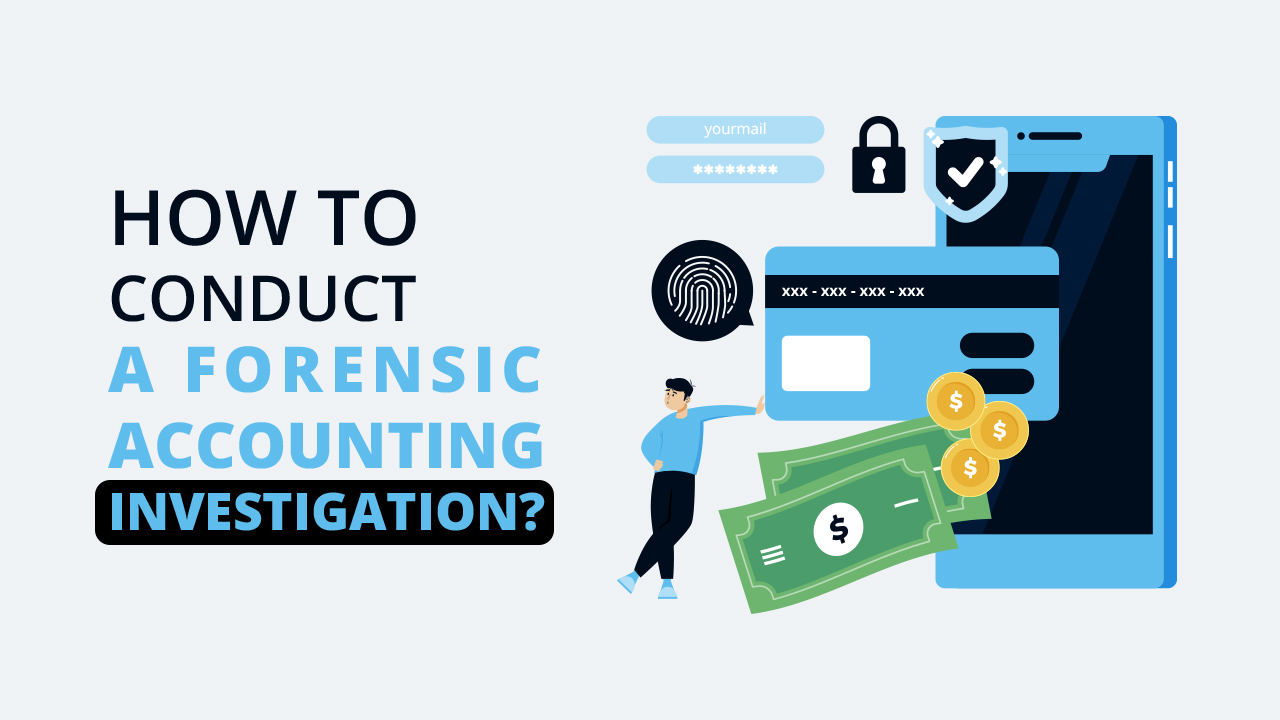Who Investigates Financial Crimes?
Financial crime is a serious issue that can have far-reaching consequences for both individuals and businesses. But who investigates financial crimes and how do they go about doing so? In this article, we’ll take a look at the ins and outs of financial crimes.
What is a Financial Investigation?
A financial investigation is an analysis of records and financial documents to determine if a law or regulation has been violated. It involves the use of forensic accounting techniques to uncover potential money laundering, insider trading, bribery, and corruption activities. Financial investigators also search for tax evasion, fraud, and unethical practices.
They may also analyze financial data to trace assets and profits across different businesses or companies. Through comprehensive investigation techniques, information is collected, organized, and analyzed to create a complete picture regarding the nature of suspicious transactions and assess their validity.
Ultimately, when done correctly, a financial investigation can receive critical information that leads to legal action against those who may have committed criminal acts financially.
Who Investigates Financial Crimes?
Financial crimes come in many forms and can wreak havoc on a person or group of people if not quickly identified and punished. The job of tracking down the bad guys behind these crimes falls on the specialized set of law enforcement personnel known as financial crime investigators.
These professionals apply their investigative skills to track down fraud, money laundering, insider trading, identity theft, bribery, and corruption schemes amongst other crimes. They use traditional surveillance tactics like interviews and data analysis, but also more cutting-edge approaches such as forensic accounting to gather evidence.
Financial crime investigators are highly skilled individuals with profound knowledge of finance and investigation disciplines to track down suspects and bring them to justice.
3 Reasons to Contact a Financial Investigator
1. Uncovering Fraudulent Activity – A financial investigator will use their expertise to uncover any fraudulent activity that may be occurring in your finances. They have access to resources such as public records and databases that allow them to quickly identify and investigate any suspicious activities or transactions that may be taking place. In addition, they can also help you identify potential areas of risk and put safeguards in place to prevent further fraudulent activity.
2. Understanding Complex Financial Situations – Whether you’re dealing with tax or asset management issues, it can be difficult for the average person to understand all the intricate details involved in these situations. A financial investigator can help by providing an in-depth analysis of your current situation and explaining it in simple terms that you can understand. This helps ensure that you’re making informed decisions about your finances before taking action.
3. Identifying Potential Legal Issues – If you’ve been accused of fraud or other illegal activity related to your finances, a financial investigator can investigate the situation thoroughly and provide insight into whether there is any merit behind the accusations being made against you. They can also work closely with attorneys on your behalf if there is a need for legal representation as part of your case.
Conclusion
When it comes to who investigates financial crimes, having the right person in your corner can make all the difference. With their extensive knowledge and experience, they can provide critical insight into any potential legal issues that may arise due to mistakes or intentional wrongdoing on behalf of someone else involved with the case at hand. If you find yourself facing a financial issue, considering working with a professional financial investigator should be at the top of your list!

















